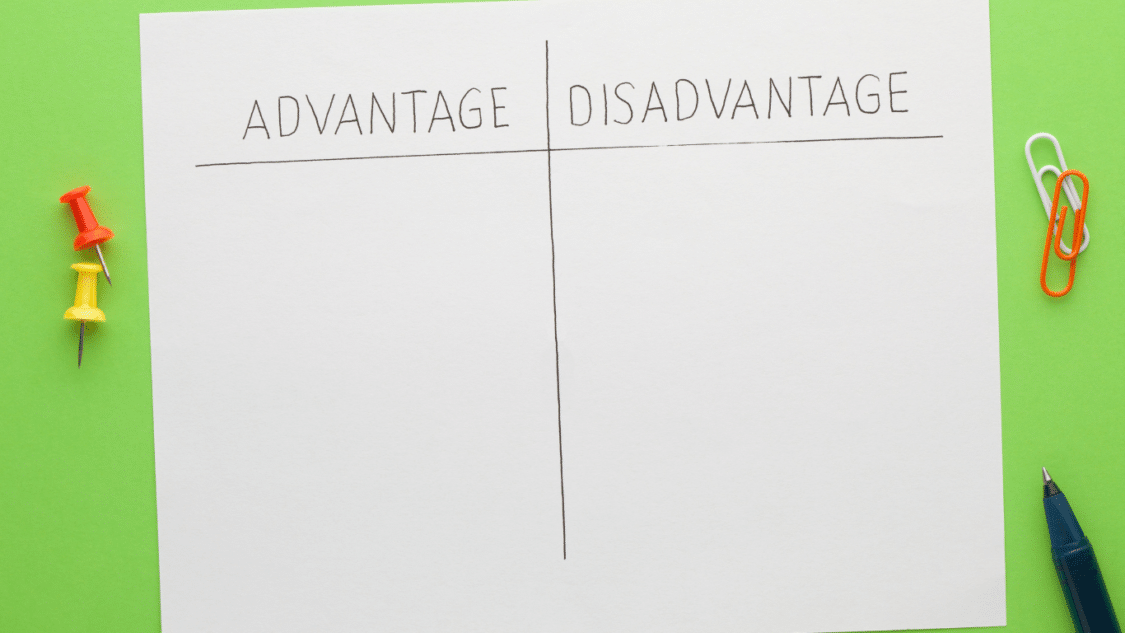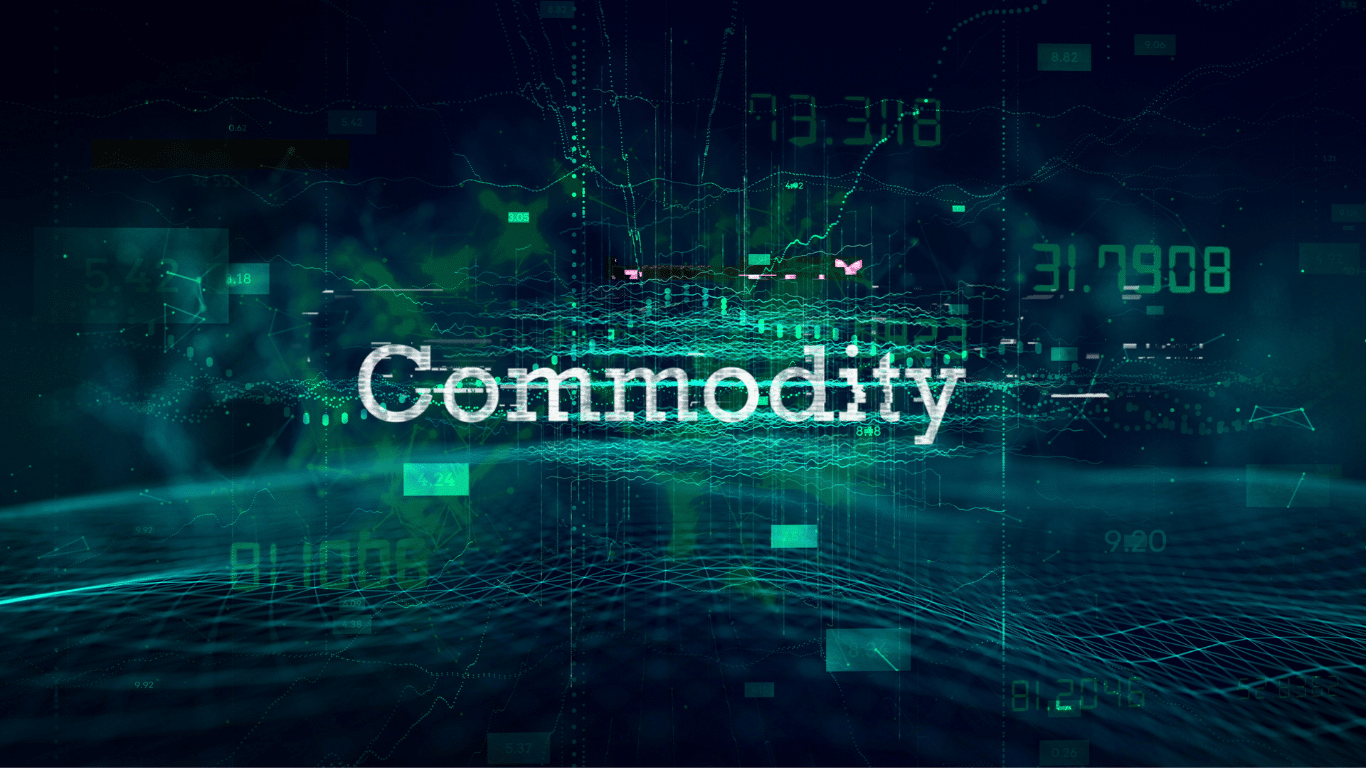Commodity money is a currency directly backed by a physical commodity, like gold or silver. In a commodity-based monetary system, the currency’s value is tied to the value of the commodity. Historically, it has been used in many different cultures worldwide. For example, gold coins were used as a currency in ancient Egypt, while silver coins were used in ancient Greece. In the United States, gold and silver coins were used as currency until the early 20th century.
It is often considered more stable than fiat money, not backed by a physical commodity. However, its use can be problematic because the supply of the commodity is limited, which can lead to price fluctuations and shortages. Additionally, it can be difficult to transport and store, creating logistical challenges for individuals and businesses.
How does it differ from other types of money?
- It is backed by a physical commodity, while other types of money, such as fiat money, are not. Fiat money is not backed by a physical commodity but rather by the government’s guarantee that it will be accepted as a means of payment.
- Its value is directly tied to the value of the underlying commodity, whereas the value of other types of money is not. This means that the value can fluctuate with changes in the supply and demand for the commodity, while the value of other types of money is more stable.
- It is often more challenging to transport and store than other types of money, making it more cumbersome to use in some situations.
- It can be more durable than other types of money, as the physical commodity backing it up can last for a long time. In contrast, other types of money can become damaged or worn out over time.
Overall, it is a unique form of currency with advantages and disadvantages compared to other types of money. It is often seen as more stable and reliable, but it can also be more challenging to use and store in some situations.
What are some advantages and disadvantages of using commodity money as a medium of exchange?

Advantages:
- Stability: It can be more stable than other forms of money because its value is directly tied to the value of a physical commodity, such as gold or silver. This means the currency’s value is less likely to fluctuate based on economic or political events.
- Durability: It can be more durable than other forms of money because the physical commodity backing it up can last for a long time, whereas paper money or coins made from base metals can become damaged or worn out over time.
- Trust: It can be more trusted because its value is based on a physical commodity, which is seen as having intrinsic value, rather than on the promises of a government or central bank.
Disadvantages:
- Limited supply: The supply is limited by the availability of the underlying commodity, which can lead to shortages and price fluctuations.
- Storage and transportation: It can be challenging to store and transport, especially if large amounts are involved. This can make it cumbersome to use in some situations, such as international trade.
- Counterfeiting: It can be susceptible to counterfeiting, just like any other form of currency.
- Cost of production: It can be expensive to produce, especially if the underlying commodity is scarce or difficult to mine or refine.
While it has some advantages in terms of stability and durability, it also has disadvantages, such as limited supply and storage difficulties. As a result, many societies have moved away from it in favor of fiat money, which is backed by the government’s guarantee rather than a physical commodity.
What impact does the availability of a particular commodity have on its use as money?
Supply and demand: When the supply of a commodity is limited, and demand for it is high, its value will be increased, making it a good choice as a form of money. Conversely, if the it is oversupplied, its value may be higher, making it less useful as a form of money.
Stability: If the supply of a commodity is stable over time, it can be a good choice as a form of money because its value will be relatively predictable. However, if the supply fluctuates widely, its value as a form of money may be less reliable.
Transportation and storage: If it is accessible to transport and store, it will be more convenient to use as money. For example, gold is easy to transport and store because it is highly valuable relative to its size, while commodities such as wheat or livestock can be more difficult to transport and store.
Production costs: If the production costs are high, it may be more expensive to use as money. For example, if it costs a lot of money to mine and refine gold, it may be more expensive to use as money than a less costly commodity.
Overall, the availability of a particular commodity can significantly impact its suitability as a form of money. Commodity money must be readily available, stable in value, easy to transport and store, and affordable to produce.
How does its use affect inflation and deflation? What impact does the availability of a particular commodity have on its use as money?

The use of it can impact inflation and deflation in an economy. Inflation is the general rise in prices of goods and services over time, while deflation is the general decrease in prices of goods and services. When it is used as an economy’s currency, the underlying commodity’s availability and value can impact inflation and deflation. If the supply of the commodity used as money increases rapidly, the currency’s value may decrease, leading to inflation. On the other hand, if the supply decreases or its value increases, the currency may become more valuable, leading to deflation.
For example, suppose gold is used as commodity money and there is a significant increase in its supply due to new mining technologies or discoveries. In that case, the value of gold may decrease, leading to inflation. Conversely, if the supply of gold decreases due to a decrease in mining production, the value of gold may increase, leading to deflation.
Additionally, the availability of a particular commodity can impact the use of commodity money in an economy. If it is abundant, it may be easier to use as money, whereas if it is rare, it may be more challenging to use it as a widespread medium of exchange. Overall, using it can impact inflation and deflation in an economy, and the availability of the commodity used as money can affect its suitability as a widespread currency.
Several types of money can be compared to this form of money:

- Fiat money: This currency is not backed by a commodity but is instead declared legal tender by the government. The value of fiat money is based on the trust people have in the government and its ability to maintain the currency’s value.
- Digital money: This is a type of currency that exists only in digital form, such as cryptocurrencies like Bitcoin. Digital money is not backed by a commodity or a government but rather by the underlying technology that allows it to be securely and transparently transferred.
- Representative money: This currency is backed by a commodity, but the actual commodity is not used as the currency itself. Instead, the currency represents a claim on the commodity, such as a paper currency that is redeemable for gold or silver.
- Credit money: This is a type of currency that is created through lending and borrowing, such as bank deposits or loans. Credit money is not backed by a commodity but rather by people’s trust in the institutions that issue and guarantee it.
When comparing commodity money to these other types, the key differences include intrinsic value, stability, scarcity, and the role of government and institutions in determining value.
Can You Make A Living From Passive Investing In Australia: Everything You Need To Know In 2023

